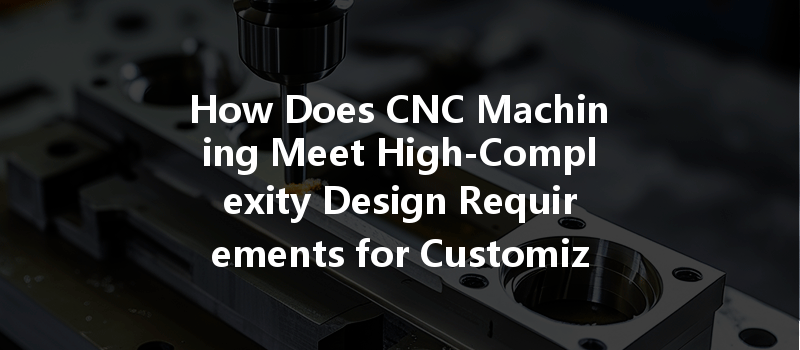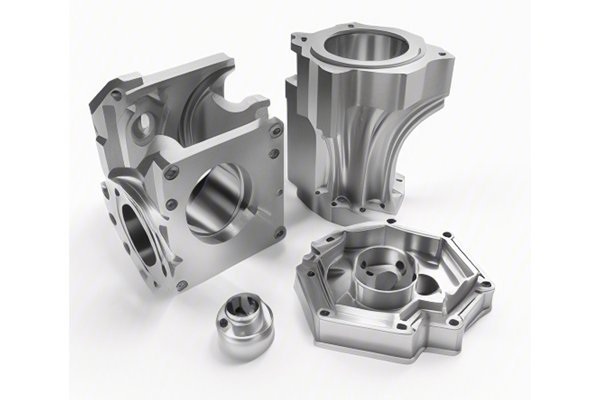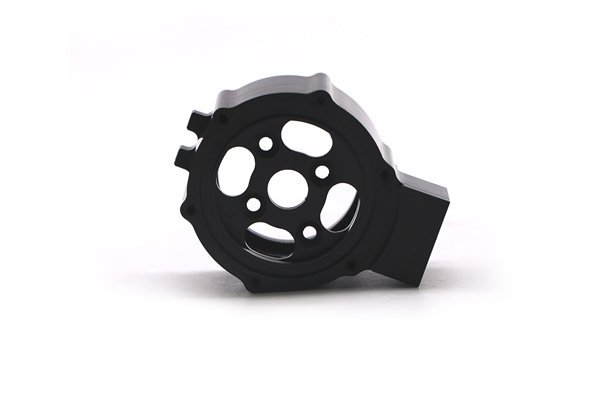Did you know that the global CNC machining market is projected to reach approximately $100 billion by 2026? This astounding growth is primarily driven by advancements in manufacturing technologies, particularly those facilitating the production of high-complexity designs in a variety of sectors.
In a world where product differentiation is key to success, CNC (Computer Numerical Control) machining has emerged as a game-changer in producing customized parts. From aerospace components that require intricate precision to custom automotive parts made from advanced materials, CNC machining addresses the complexities of modern design requirements. This blog explores how CNC machining meets these high-complexity design requirements and provides comprehensive insights into the processes, technologies, and techniques involved.
—
1.1 Definition and Brief History
CNC machining refers to an automated manufacturing process that uses computer programming to control machining tools. These tools can include lathes, mills, routers, and grinders, enabling the production of highly detailed and complex parts efficiently. The roots of CNC machining can be traced back to the 1940s with the advent of numerical control (NC) machines, which gradually evolved into today’s CNC systems, offering enhanced precision, speed, and flexibility.
1.2 How CNC Machining Works
CNC machining starts with a digital design, typically created using Computer-Aided Design (CAD) software. This design is then converted into a machine-readable code (G-code) using Computer-Aided Manufacturing (CAM) software. The CNC machine interprets this code to move tools and workpieces with remarkable accuracy, allowing for various machining operations to produce the desired part.
1.3 Types of CNC Machining Processes
There are several types of CNC machining processes, each suited to specific applications:
2.1 Industries Benefiting from High-Complexity Designs
High-complexity designs are essential in various industries, including:

2.2 Design Challenges in CNC Machining
Despite its advantages, CNC machining poses design challenges, such as:
3.1 Precision and Accuracy
One of the standout benefits of CNC machining is its ability to produce parts with precise dimensions. Advanced sensors and feedback systems enhance machine accuracy, enabling operators to achieve tolerances of +/
3.2 Material Versatility
CNC machining offers a wide range of material compatibility, ranging from metals, like titanium and stainless steel, to plastics and composites. Each material presents unique challenges in terms of cutting parameters and tool selection, but CNC technology allows for adaptability.
3.3 Complex Geometries
Modern CNC machines, especially those equipped with multi-axis capabilities, can create intricate designs and complex geometries. This capability is vital for industries that require customized solutions, as it allows for the creation of parts that are tailored to specific applications.
4.1 Advanced 5-Axis Machining
5-axis machining enables the tool to approach the workpiece from multiple angles, which is critical for crafting intricate shapes that traditional 3-axis machines cannot achieve. This advancement minimizes setup times and increases precision in machining multi-dimensional parts.
4.2 CAD/CAM Integration
The integration of CAD/CAM workflows has transformed CNC machining. Designers can create complex geometrical shapes using CAD, while CAM software optimizes the manufacturing process, ensuring efficient machine utilization. This integration streamlines production and allows for rapid prototyping of custom parts.
4.3 Additive Manufacturing Techniques
While traditionally associated with layering materials, additive manufacturing can complement CNC machining. Techniques like hybrid manufacturing allow for combining subtractive and additive processes, leading to enhanced design capabilities and material utilization.
5.1 Automation and Robotics
Automation in CNC machining includes robotic arms that can load and unload parts, offering improvements in cycle time and reducing human error. Automated workflows are vital for maintaining consistency in high-volume production runs, especially when producing complex parts.
5.2 Industry 4.0 and Smart Manufacturing
The rise of Industry 4.0 introduces smart manufacturing practices that leverage IoT (Internet of Things) technology. Through interconnected machines, operators can monitor processes in real time, predicting maintenance needs and optimizing production schedules for high-complexity designs.
5.3 Software Innovations
Modern CNC machining relies heavily on software innovations to optimize designs, reduce waste, and enhance production timelines. Processes such as simulation software allow teams to visualize how parts will be machined before starting production, reducing risks and resulting errors.
6.1 Aerospace Industry
High-precision components are critical in aerospace applications. CNC machining has enabled manufacturers to produce complex turbine blades with intricate cooling channels, optimizing performance and efficiency in jet engines.
6.2 Automotive Sector
CNC machining has revolutionized the production of custom exhaust systems for high-performance vehicles. This customization allows automobile manufacturers to meet specific design parameters for aesthetics, performance, and compliance with regulations.
6.3 Medical Devices
The medical industry benefits from CNC machining for producing custom implants tailored to patients. For example, orthopedic implants designed using CAD software and manufactured via CNC have become common, enhancing patient outcomes and reducing recovery times.
CNC machining represents a transformative approach to producing customized parts that meet high-complexity design requirements. Through advancements such as precision machining, sophisticated tooling, and integration with modern technology, CNC has established itself as a pivotal player in enhancing manufacturing capabilities across diverse industries.
Understanding how CNC machining meets the challenges of high-complexity designs not only equips manufacturers with the knowledge to optimize their processes but also highlights the importance of continuous innovation in the field. As we move toward a future driven by advanced manufacturing technologies, embracing CNC machining remains essential for creating tailored solutions that meet the needs of modern industries.
Remember, the ability to customize and adapt quickly to market needs can be a game changer in today’s competitive environment, making CNC machining an area worth remarkable attention and investment. Whether you are an engineer, a manufacturer, or a business owner, understanding the intricacies of CNC machining and its applications can provide the insights necessary for innovation and success in your field.






